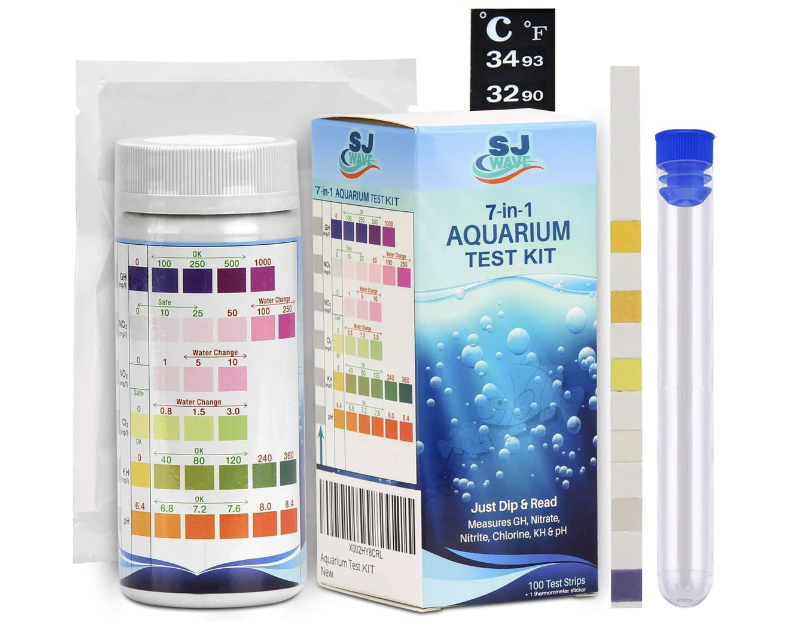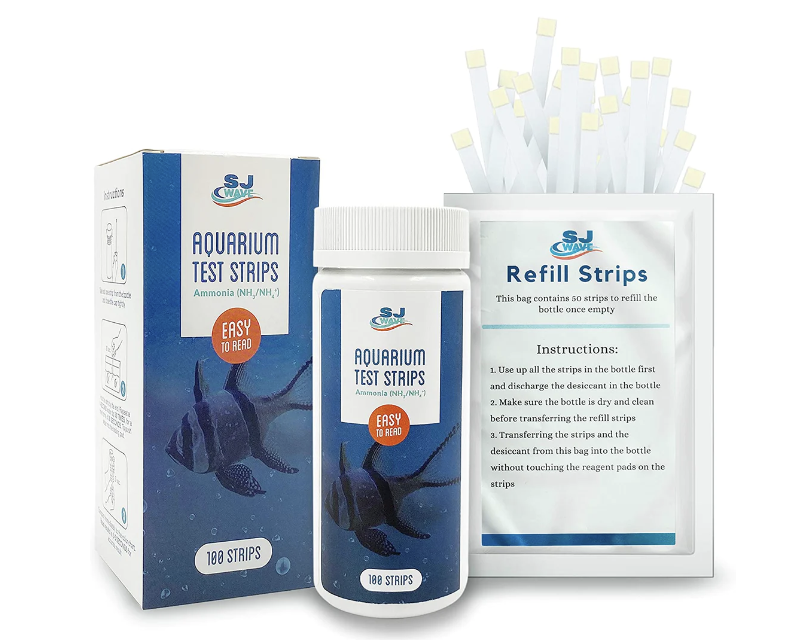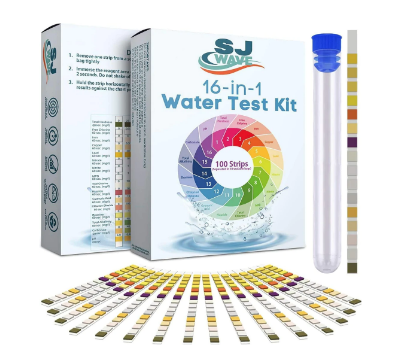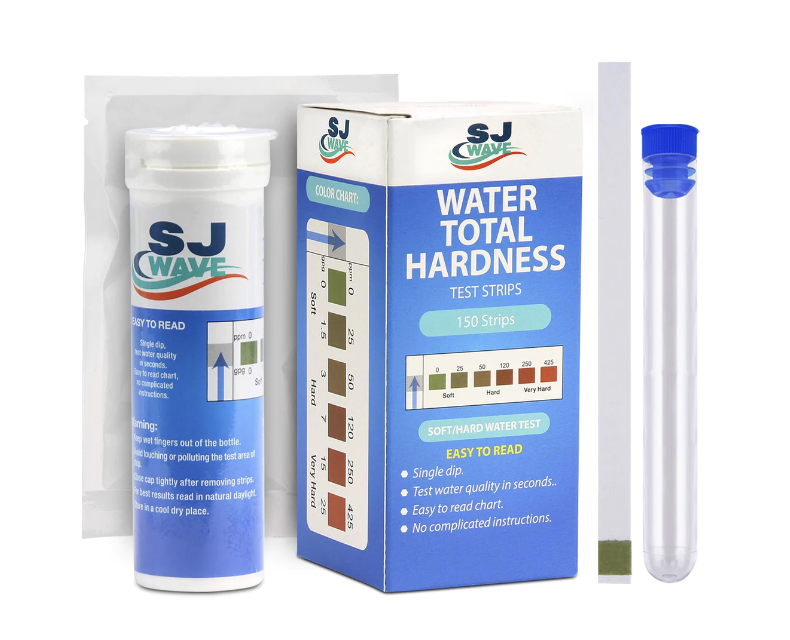
Maintenance Tips for Prolonging the Life of Your Aquarium Filters
Maintaining your aquarium filter is crucial for ensuring a healthy and thriving environment for your aquatic pets. Regular maintenance not only prolongs the life of your filter but also keeps your aquarium water clean and safe. Here are direct and specific pointers that can help you keep your aquarium filter in top condition.
Understanding Your Aquarium Filter
Types of Filters
There are three main types of aquarium filters, as follows:
1. Mechanical Filters
These remove physical debris from the water.
2. Biological Filters
These promote the growth of beneficial bacteria that break down harmful ammonia and nitrites.
3. Chemical Filters
These use activated carbon or resins to remove toxins and impurities from the water.

Components of a Filter
An aquarium filter typically consists of 3 parts, namely:
1. Filter Media
The material that traps debris or houses beneficial bacteria.
2. Filter Housing
The outer shell that holds the filter media.
3. Pump and Motor
These components circulate water through the filter.

Regular Maintenance Routine
Weekly Maintenance
-
Inspect filter for debris and blockage; and remove any debris that might hinder water flow.
-
Ensure the filter is running smoothly and water is flowing correctly.
-
Test water quality to monitor pH, ammonia, nitrite, and nitrate levels to ensure water conditions are optimal. Choose an easy-to-use and reliable water test kit like SJ Wave Aquarium Water Test Kit and SJ Wave Ammonia Test Kit that can give you accurate results in seconds.
Monthly Maintenance
-
Replace or rinse mechanical filter media to prevent clogging.
-
Inspect and clean impeller and motor components to remove any buildup to ensure efficient operation.
-
Check for wear and tear on filter components: Look for signs of damage and replace any worn-out parts.
Annual Maintenance
-
Replace biological filter media as needed; biological media can last several years but may need occasional replacement.
-
Perform a comprehensive inspection of all filter parts for wear and tear and replace if necessary.
Cleaning Procedures
Mechanical Media Cleaning
Avoid using tap water when cleaning the mechanical media. Instead, rinse mechanical media with aquarium water to remove debris without harming beneficial bacteria.
Biological Media Cleaning
Gently rinse biological media using aquarium water to avoid harming beneficial bacteria and preserve bacterial colonies.
Chemical Media Replacement
Replace chemical media according to the manufacturer’s recommendations or when water quality declines; and dispose of used chemical media according to local regulations.
Filter Housing & Component Cleaning
Harsh chemicals can damage filter components and harm your fish. So make sure you only use mild, aquarium-safe cleaners .

Troubleshooting Common Issues
Reduced Water Flow
Regularly clean and maintain the filter to prevent buildup and blockages; clean the impeller; and replace worn-out media, as necessary.
Noisy Filter Operation
First step is to identify the source of noise. It can be caused by air bubbles, loose parts, or debris in the impeller. This is why it is important to clean the impeller regularly and ensure all parts are securely in place.
Filter Leaks
Leaks often occur at connections and seals. Make sure to tighten connections, replace seals, and use aquarium-safe sealant if necessary.
Motor and Impeller Issues
Reduced performance and unusual noises can indicate motor wear. Regularly clean the impeller and motor components to extend their life.
Best Practices for Filter Longevity
Proper Installation
Make sure the filter is properly installed and all connections are secure. Avoid kinks in tubing and hoses to maintain proper water flow.
Balanced Aquarium Load
Avoid overstocking too many fish to avoid overwhelming the filter. Also avoid overfeeding that can lead to excess waste and clogged filter.
Consistent Power Supply
Protect the filter’s motor from power surges by using surge protectors and ensuring consistent voltage to help maintain filter performance.
Routine Inspection
Schedule regular check-ups to help catch potential issues early; and record maintenance activities to ensure nothing is overlooked.
By following these maintenance tips, you can prolong the life of your aquarium filter and ensure a healthy environment for your aquatic pets. Regular maintenance, including the use of home water test kits, is crucial for monitoring water quality and addressing potential issues promptly. Establishing a consistent maintenance routine will not only keep your filter in top condition but also contribute to the long-term health and enjoyment of your aquarium.






